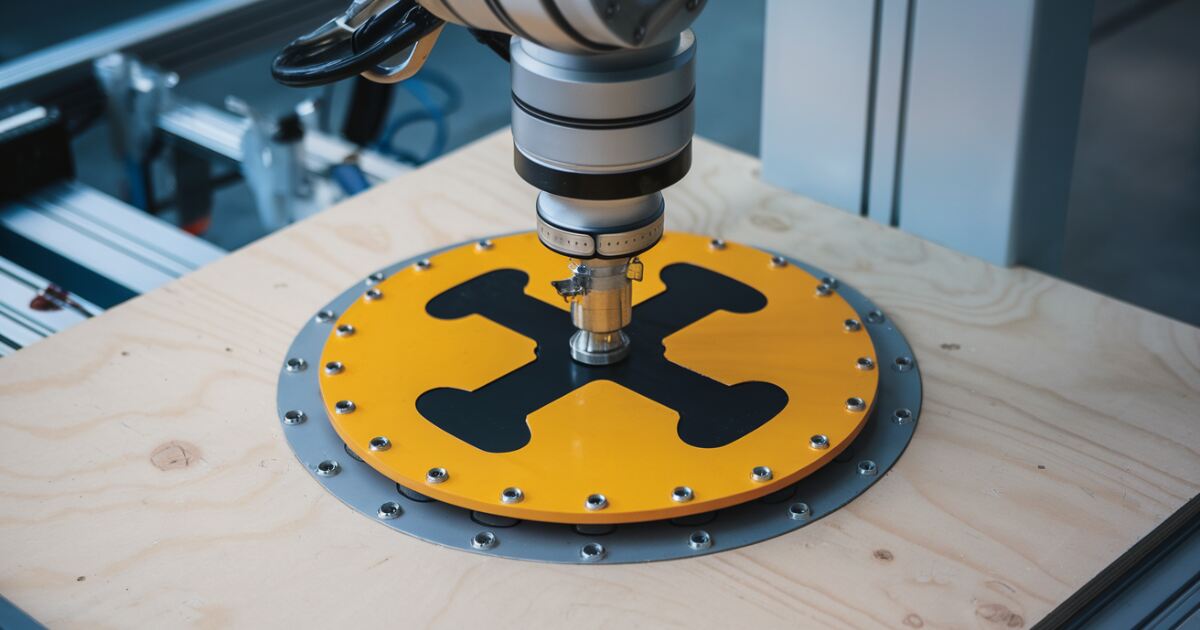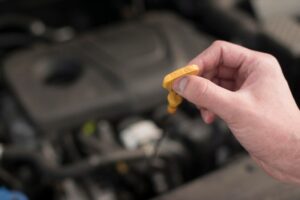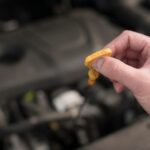Mechanical fiducial markers are small but essential tools in many industries. These markers serve as precise reference points, helping machines, robots, and imaging systems identify specific locations for various applications. Fiducial markers are common in fields that require accuracy, like manufacturing, robotics, and medical imaging.
In this article, we’ll explore what mechanical fiducial markers are, why they are essential, and how they are used in different fields.
What is a Mechanical Fiducial Marker?
A mechanical fiducial marker is a physical reference point or pattern placed on an object or surface. Machines use these markers to recognize precise positions. They often have distinctive shapes, patterns, or structures that make them easy for sensors, cameras, or other devices to identify. Mechanical fiducial markers ensure accurate positioning and calibration, which is crucial in high-precision tasks.
In robotics or imaging systems, these markers allow machines to align correctly and recognize spatial relationships. For example, in manufacturing, fiducial markers help machines place components accurately. In medical imaging, they guide equipment to target specific points inside the body. Fiducial markers are vital for consistent results in both industrial and medical applications.
Importance of Mechanical Fiducial Markers
Mechanical fiducial markers bring precision to tasks that require accuracy. Without these markers, machines and tools might not align correctly, leading to errors. Fiducial markers create a stable reference that machines rely on to perform repetitive tasks without deviation. They improve accuracy, speed, and safety in applications that demand high levels of control.
In automation, fiducial markers are essential for aligning objects. They help machines understand where to operate, reducing errors and ensuring consistency. In medicine, these markers guide precise equipment, minimizing risks in delicate procedures. Their importance is growing as industries adopt advanced robotic and automation technologies.
Types of Mechanical Fiducial Markers
There are several types of fiducial markers used for different applications. These include:
Dot Markers
Dot markers are small, circular fiducials often placed on surfaces. They provide a single, easy-to-detect reference point. Dot markers are common in manufacturing and electronics assembly, where precise alignment is necessary. Machines use these dots to locate a specific spot before performing actions.
Grid Patterns
Grid patterns have multiple points arranged in a specific layout, like a grid or crosshatch. These patterns are helpful for calibration in vision systems, allowing cameras to recognize the space’s dimensions. Grid patterns help align cameras and sensors in robotics, making sure machines “see” accurately.
Specialized 3D Markers
Specialized 3D markers are used for complex tasks where 3D orientation is crucial. They may have unique shapes or angles that machines can detect in three-dimensional space. These markers are used in advanced imaging, robotic arms, and augmented reality, where accurate multi-axis alignment is needed.
Each type of fiducial marker is designed for specific tasks. Dot markers offer simplicity, grid patterns enhance visual calibration, and 3D markers allow advanced positioning.
Applications of Mechanical Fiducial Markers
Mechanical fiducial markers have varied applications across industries. Here’s how they contribute to different fields:
1. Manufacturing and Robotics
In manufacturing, fiducial markers enable high precision in automated assembly lines. Robots use these markers to align components, ensuring parts fit exactly as intended. For example, in electronics manufacturing, fiducial markers guide robots in placing tiny components on circuit boards. This precision is essential, as even small misalignments can lead to product defects.
In robotics, fiducial markers help with spatial awareness. Robots often rely on visual data to navigate or interact with objects. Fiducial markers provide a stable reference for robots to align their tools or adjust their movements, improving task accuracy. This is especially useful in tasks that require repetitive precision, like packaging, labeling, or welding.
2. Medical Imaging and Surgery
In medical imaging, fiducial markers help locate specific areas in a patient’s body. They guide equipment like CT scanners or MRI machines to scan the correct spot. Fiducial markers are especially helpful in procedures that need high precision, such as cancer treatments or brain surgery.
During surgery, fiducial markers provide real-time guidance. For example, in neurosurgery, markers might be placed on the skull to help guide surgical tools. This technology helps doctors avoid damaging healthy tissue, making surgeries safer. In radiation therapy, fiducial markers ensure radiation targets only the affected area, protecting healthy tissue.
3. 3D Printing and CNC Machining
In 3D printing and CNC machining, fiducial markers are essential for multi-axis positioning. These markers help machines align and calibrate when cutting, shaping, or layering materials. In CNC (computer numerical control) machining, the markers guide the machine’s cutting tools, allowing precise control over the shaping process. In 3D printing, fiducial markers help position layers correctly, ensuring that complex models are printed accurately.
These markers prevent material wastage by guiding the machine to the correct location, reducing errors. They also save time by improving workflow efficiency, as machines rely on fiducials to avoid costly mistakes in large-scale production.
Technology Behind Mechanical Fiducial Markers
Fiducial markers work with imaging and sensing technology. Cameras, sensors, or lasers recognize the markers and use them to calculate positions. Machine vision technology plays a key role, allowing systems to detect markers, measure distances, and align accurately. Algorithms process data from fiducial markers, helping machines understand their position in relation to the markers.
Some fiducial markers are designed to reflect specific wavelengths of light, making them visible only to certain sensors. This enhances their accuracy in environments with varied lighting or interference. Advanced fiducial markers may also carry data, like barcodes, that machines can read for added instructions.
Benefits of Mechanical Fiducial Markers
Mechanical fiducial markers bring several advantages to precision-based industries. They help reduce errors by providing a stable reference for alignment. They increase speed, allowing machines to position quickly without constant recalibration. Fiducial markers improve the consistency of automated processes, which is vital in large-scale production where quality control is critical.
In medical fields, fiducial markers improve patient safety by guiding equipment to the exact point needed. They reduce the risk of errors in delicate procedures, ensuring that treatments target only the intended areas. This precision can lead to better patient outcomes, as less healthy tissue is affected during interventions.
Future of Mechanical Fiducial Markers
As technology advances, the use of fiducial markers is expected to grow. In industries like robotics and AI, fiducial markers will likely play a role in developing more autonomous systems. Machine vision improvements will allow markers to be even smaller and more accurate. New materials may also make fiducial markers more durable and adaptable to harsh environments.
In medicine, fiducial markers could become more integrated with imaging technology, providing even higher precision in surgical robotics. Markers could also store data, giving machines additional guidance. This innovation could further improve outcomes in fields that demand accuracy.
Conclusion
Mechanical fiducial markers may be small, but their impact is significant across many high-precision industries. From manufacturing to medical imaging, these markers help ensure accuracy, safety, and efficiency in complex tasks. As automation and robotics continue to advance, fiducial markers will remain essential tools, guiding machines and systems to perform with precision. Their role is expected to grow, helping drive innovation in technology and healthcare for years to come.











